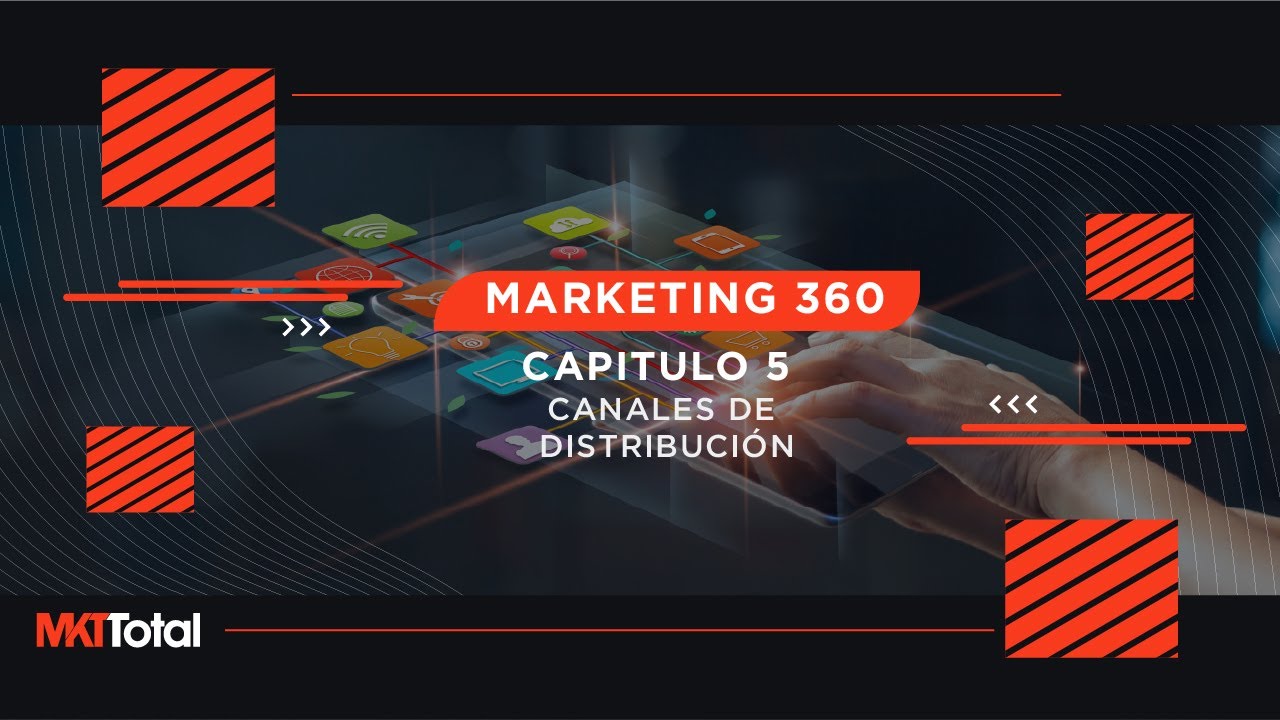What is Distribution Strategy?: Supply Chain Explained
Summary
TLDRThis lecture covers distribution strategies in marketing, focusing on channels of distribution and the role of intermediaries in moving products from producers to consumers. It explains the different types of intermediaries, such as wholesalers, retailers, and agents, and their functions in transactional, logistical, and facilitating roles. The video also discusses how companies choose their distribution channels based on customer characteristics, product types, and costs. Additionally, the lecture explores the importance of relationship marketing and flexibility in adapting to changing market conditions, as well as various retailing methods, including non-store retailing.
Takeaways
- 📦 Channels of distribution involve the institutions through which a seller markets products to consumers or organizations.
- 🏷️ Marketing intermediaries help producers distribute products more efficiently and cost-effectively than doing it themselves.
- 🤝 The primary role of intermediaries is to balance supply and demand, ensuring products reach consumers without overstocking or stockouts.
- 🚚 Intermediaries perform various functions: transactional (buying, selling, risk-taking), logistical (storing, transporting), and facilitating (financing, grading, providing information).
- 🏬 Distribution strategies vary based on whether the company uses intensive, selective, or exclusive coverage, depending on the brand and product type.
- 🛒 Retailers and wholesalers have different roles in the distribution chain, and costs increase as more intermediaries are involved.
- 💻 Direct-to-consumer sales have increased due to online retailing, bypassing some intermediaries.
- 🔄 Vertical marketing systems (corporate, contractual, and administered) create long-term relationships between manufacturers and intermediaries to improve efficiency.
- 🏷️ Companies like Coca-Cola use an intensive distribution strategy to make their products widely available, while smaller brands might use selective or exclusive distribution.
- 📈 Flexibility in distribution channels is critical, allowing companies to adapt to changes in market demand, such as during crises like COVID-19.
Q & A
What is a channel of distribution?
-A channel of distribution is the combination of institutions through which a seller markets their products to organizational buyers or ultimate consumers. It typically involves producers, wholesalers, retailers, and consumers.
Why do producers use marketing intermediaries?
-Producers use intermediaries because they can perform distribution functions more cheaply and efficiently than the producer could. Intermediaries help deliver products when and where they are wanted at a minimal cost.
What are the three main functions performed by intermediaries?
-Intermediaries perform three main functions: transactional (buying and selling products), logistical (sorting, storing, and transporting products), and facilitating (financing, grading, and providing market information).
How does the number of intermediaries in a channel affect the final cost of a product?
-The more intermediaries in the channel, the higher the cost for the end consumer, as each intermediary adds a markup to cover their costs and generate profit.
What is intensive distribution?
-Intensive distribution is a strategy where a company tries to distribute its product to as many retailers and customers as possible, maximizing product availability.
What is selective distribution?
-Selective distribution involves a company choosing a few wholesalers and retailers to distribute their product, often focusing on more selective channels to reach specific markets.
What are the benefits of exclusive distribution?
-Exclusive distribution limits the availability of a product to a single or very few retailers, which can create a sense of exclusivity, brand loyalty, and increased demand for the product.
What role do wholesalers play in the distribution process?
-Wholesalers buy products, store them, and resell them to retailers or businesses. They create value by performing these functions more efficiently than producers and attract both producers and retailers to use their services.
What is the difference between breadth and depth in retailing?
-Breadth refers to the variety of different product lines a retailer offers, while depth refers to the assortment of products within a specific category. For example, Walmart has a broad assortment, while Best Buy offers deep assortments in electronics.
What is multi-channel marketing?
-Multi-channel marketing refers to a strategy where a company offers its products through multiple channels, such as in-store, online, catalogs, and television, to reach a wider audience and increase sales opportunities.
Outlines

هذا القسم متوفر فقط للمشتركين. يرجى الترقية للوصول إلى هذه الميزة.
قم بالترقية الآنMindmap

هذا القسم متوفر فقط للمشتركين. يرجى الترقية للوصول إلى هذه الميزة.
قم بالترقية الآنKeywords

هذا القسم متوفر فقط للمشتركين. يرجى الترقية للوصول إلى هذه الميزة.
قم بالترقية الآنHighlights

هذا القسم متوفر فقط للمشتركين. يرجى الترقية للوصول إلى هذه الميزة.
قم بالترقية الآنTranscripts

هذا القسم متوفر فقط للمشتركين. يرجى الترقية للوصول إلى هذه الميزة.
قم بالترقية الآن5.0 / 5 (0 votes)






